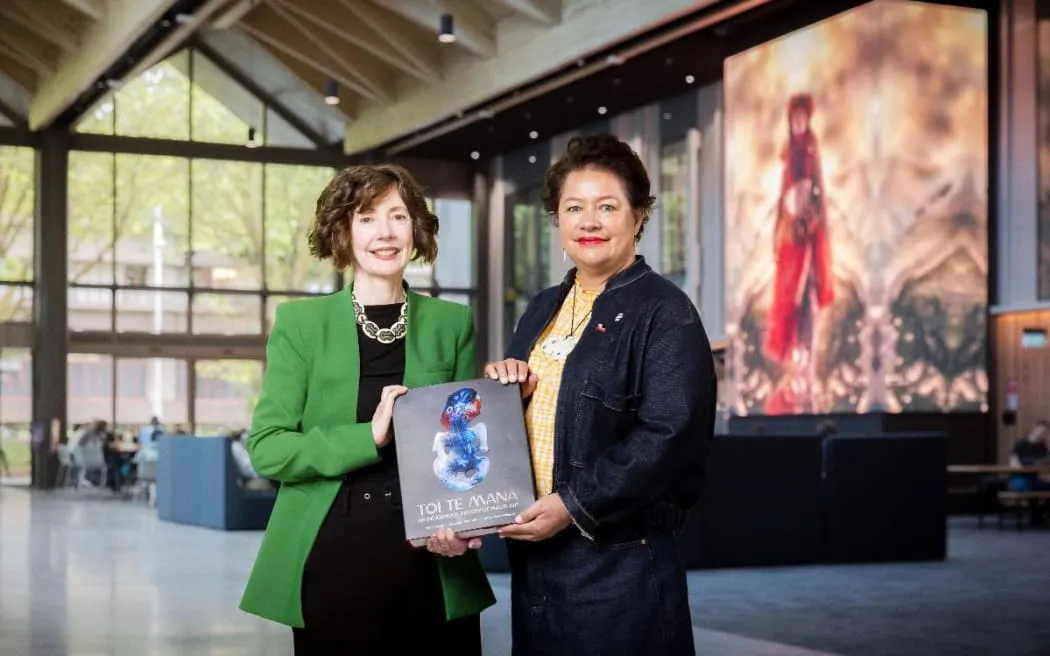A comprehensive history of Māori art is a vast and complex topic that requires careful consideration of various factors, including tikanga Māori customs, practices, and makers. The book “Ngā Kete Mātauranga: A History of Māori Art” aims to provide a structured approach to understanding this rich cultural heritage.
**Introduction**
Māori art is a unique and valuable part of New Zealand’s cultural identity. It encompasses a wide range of artistic expressions, from traditional carvings and weavings to modern sculpture and fashion. However, the history of Māori art has been marked by challenges and complexities, including the impact of European colonization and the loss of traditional knowledge.
To address these challenges, the authors of “Ngā Kete Mātauranga” have developed a framework for understanding Māori art that is grounded in tikanga Māori customs and practices. This approach recognizes the importance of context and cultural sensitivity in understanding and interpreting Māori art.
**The Three Baskets of Knowledge**
The book’s structure is based on the concept of the three baskets of knowledge, or “kete mātauranga” (literally “three baskets of knowledge”). These baskets represent different phases of Māori artistic development:
* **Te Kete Tuatea**: The basket of light, which represents customary Māori art and traditional practices.
* **Te Kete Tuauri**: The basket of darkness or the unknown, which reflects the impact of European culture on Māori art.
* **Te Kete Aronui**: The basket of pursuit, which represents contemporary Māori art and the modern artistic movement.
**The First Basket: Te Kete Tuatea**
This phase is characterized by traditional Māori art forms, such as whakairo rākau (wood carving), tā moko (face tattoos), and waka construction. The authors examine the cultural significance of these arts and their role in maintaining traditional knowledge and practices.
**The Second Basket: Te Kete Tuauri**
This phase reflects the impact of European colonization on Māori art. The authors explore how European culture influenced Māori artistic expression, including the adoption of new materials and techniques. They also examine the role of taonga Māori (Māori treasures) in museums and the impact of Christianity on Māori art.
**The Third Basket: Te Kete Aronui**
This phase represents contemporary Māori art and the modern artistic movement. The authors discuss the role of self-determination and social reform in shaping this phase, as well as the importance of tikanga Māori customs and practices in understanding contemporary Māori art.
**Conclusion**
“Ngā Kete Mātauranga: A History of Māori Art” provides a comprehensive framework for understanding Māori art and its complex history. By examining three phases of artistic development, the book offers a nuanced approach to understanding this rich cultural heritage.

0 Comments